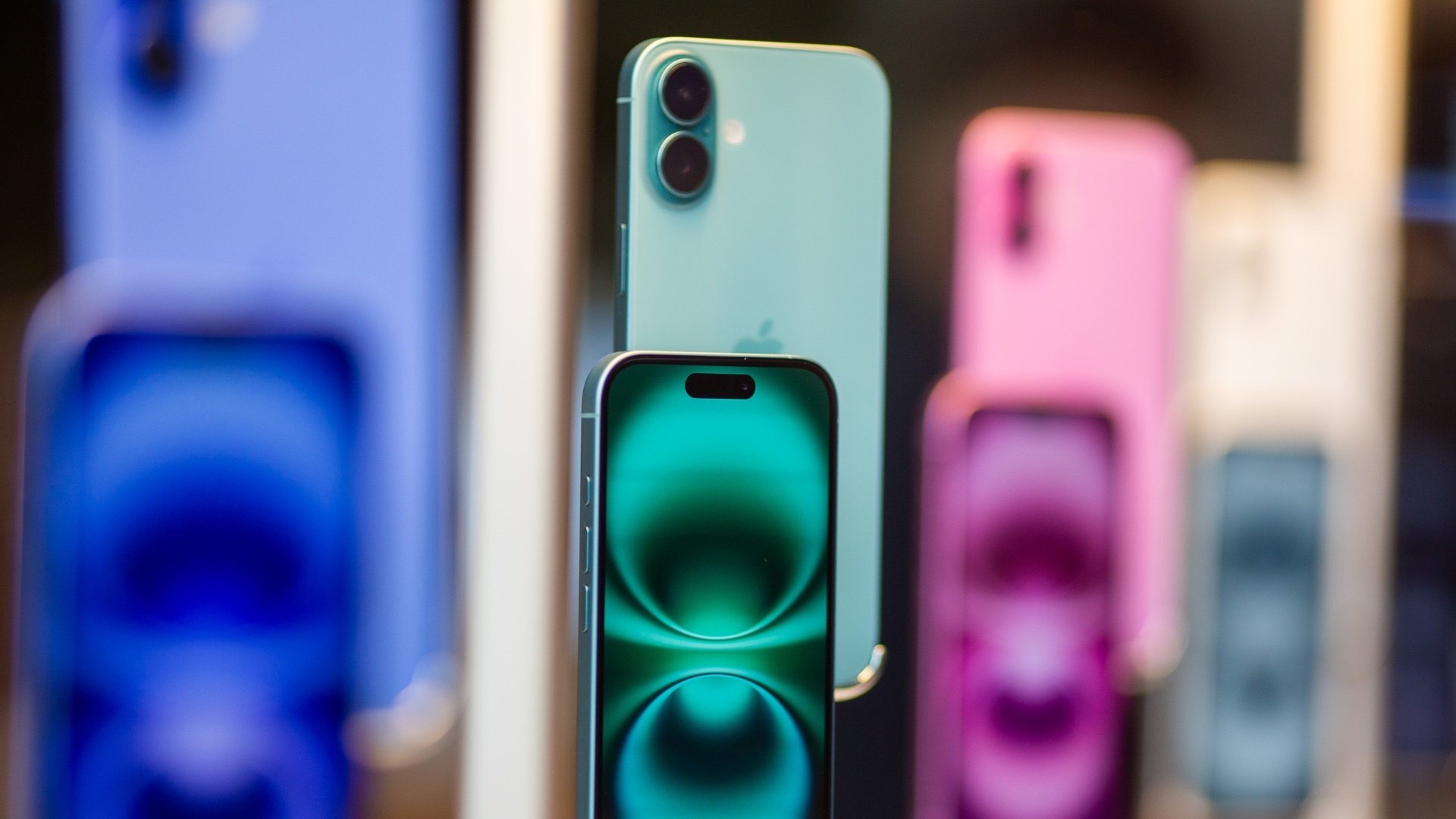Summer is great for going to the beach, but a bad time to buy an iPhone—especially the top-of-the-line model. Traditionally, Apple releases new models in mid-September. If the pattern holds, the iPhone 17 series will drop this fall, and Apple’s price structure will change, making older devices cheaper.
So hold onto that cracked-screened phone for just a little longer if you can, and you’ll be able to either get the newest model, or pay less for an older one, And if you must buy an iPhone this summer, and you don’t care about having the best phone possible, one model in particular is a relatively safe purchase.
September means new Apple Products (usually)
Although there is no date currently scheduled for Apple’s next big iPhone event, the speculation is Apple will announce the iPhone 17 on Tuesday, Sept. 9, or Wednesday, Sept. 10, and it will go on sale a week or so later. It’s part of a yearly pattern: The iPhone 16 series (iPhone 16, 16 Plus, 16 Pro, and 16 Pro Max) was released on September 20, 2024. The 15 series was released September 22, 2023, the iPhone 14 series came out on September 16, 2022, etc. etc.
Some years, Apple breaks things up. The iPhone 12 was announced in October 2020 and came out shortly after (though you can probably blame COVID for that one), and the iPhone X didn’t hit stores until November 2017, even though it was announced in September. But mid-September is a safe bet for the next-gen iPhone announcement.
How iPhone prices are likely to change when the iPhone 17 is released
If you must have the newest phone, you should definitely hold off on your purchase until September—you don’t want to buy Apple’s top-of-the-line model only to have the best phone for a couple months. But if you’re like me, and you’re cool with the less-expensive, second-best model, it’s probably still better to cool your heels until the Apple announcement expected in September.
When Apple officially reveals a new model, the price of older phones falls, usually as soon as the announcement is made. There’s no way of predicting how far the price of older model iPhones will drop when the new one is announced, but, last year when Apple announced the iPhone 16, the price of the 15 dropped by $100, and “$100 less” has been the pattern of older-model price drops over the last few generations.
While there’s no way to know for certain, there’s reason to expect 17 series iPhones will be more expensive than 16 series were when they was released. It’s been five years since Apple hiked the price of its phones, and the company has never gone six years without raising the price on its standard model. How much more the price will go up is anyone’s guess. Apple raised the price of the iPhone 7, 8, and XR in $50 increments over two years starting in 2017. But it hiked the price of the iPhone 12 by $130 all at once in 2020.
Then there are tariffs to consider.
How will tariffs affect the price of the next iPhone?
The short answer: No one knows. President Trump has said that Apple will face a 25% tariff on iPhones produced outside the United States, and that would almost definitely raise the price of the product for consumers, but President Trump says a lot of things, including that smart phones would be exempt from tariffs, so there’s no way to know if and how much tariffs will raise the price of iPhones.
The one Apple phone it’s probably safe to buy now
If you can’t wait and you need an affordable iPhone now, your best bet is the iPhone 16e. Apple’s budget-conscious SE phones have a sporadic release schedule. The first came out in 2016, the second in 2020, and the third in 2022. The iPhone 16e was released in February of this year, so the $599 price is likely to stay the same for a while, and it’s a great phone for the price.
